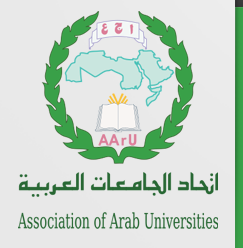Abstract
The study used research and analysis to determine the differences in media teaching curriculum at Birzeit University in Palestine, University of Missouri in the United States, and University of Potsdam in Germany. The researcher employed the descriptive analytical method by selecting an intentional sample using the in-depth interview instrument. The researcher relied of a 19-questions trade form distributed on three sections. The researcher also used the observation tool by observing the behavior of the phenomenon and its components. The study lasted two years, from September 1, 2019 to November 1, 2021. The study's findings revealed significant discrepancies across the three universities' media faculties in terms of the preference for applied knowledge over theory, with 85 % at University of Missouri, 50 % at University of Potsdam in Germany, and 40 % at Birzeit University. According to the research, one of the criteria for accepting a student at the University of Potsdam in Germany is an average of 85 %, compared to 75 % at University of Missouri and 65 % at Birzeit University. The percentage of graduate students working in the media field reached 73% at the University of Missouri, compared to 70% at the University of Potsdam and 44% at Birzeit University. According to the research, professors at the University of Missouri are required to conduct one scientific research project each semester in addition to their 6-credit hour load, although no such obligation exists at Birzeit and Potsdam Universities. The study recommended emphasizing on the skills aspect at Birzeit University, raising the cumulative average to at least (70), and focusing on opening new majors to reduce unemployment.
Recommended Citation
Ewaida, Bassam
(2023)
"Curriculums of media between the East and West a Comparative Field Researches,"
Jordan Journal of Applied Science-Humanities Series: Vol. 37:
Iss.
1, Article 8.
Available at:
https://digitalcommons.aaru.edu.jo/jjoas-h/vol37/iss1/8

